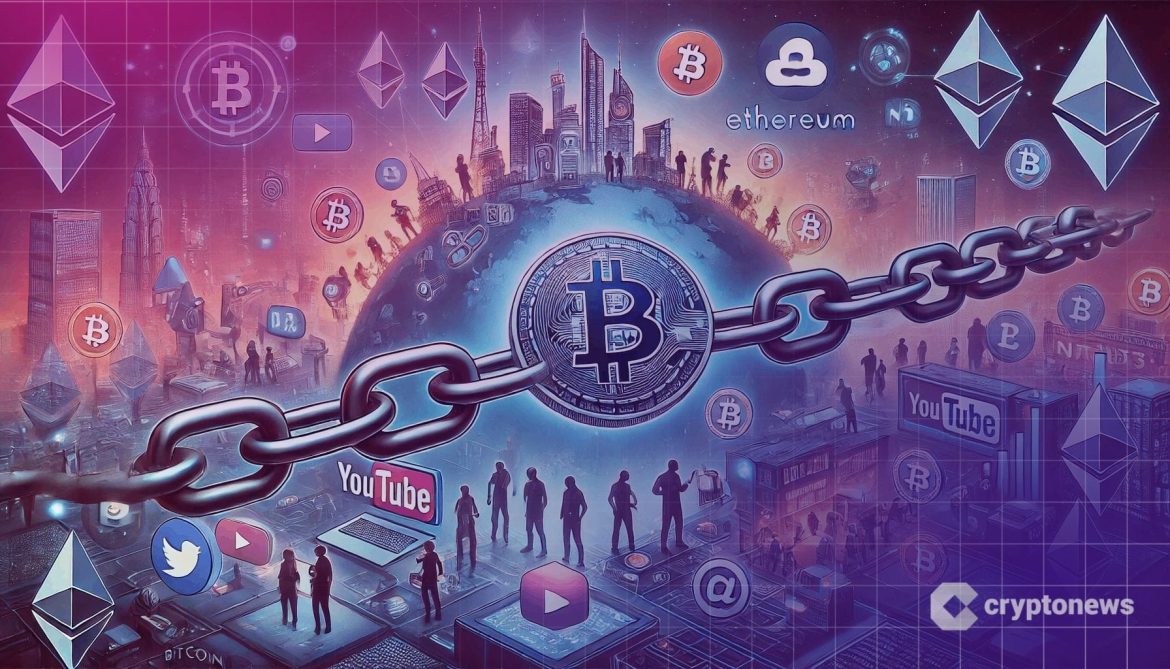From Pixels to Protocols: How the Crypto Gaming Industry Is Reshaping Digital Ownership
The evolution of gaming is no longer just about graphics or gameplay mechanics—it’s about sovereignty. As gamers increasingly demand control over their virtual assets, the crypto gaming industry has emerged as a powerful response to that call.
While traditional games remain trapped in walled gardens where users rent experiences, Web3 gaming introduces a radical shift: players own their in-game achievements, assets, and economies outright. This isn’t just a new genre—it’s a reimagining of the relationship between developers, players, and digital property.
Redefining the “Player”: Ownership, Agency, and Voice
In traditional gaming, players invest hours, even years, into games—yet they walk away with nothing. Items are locked within proprietary systems, characters cannot migrate, and updates are dictated without community input.
Enter the crypto gaming space, where:
- Items are NFTs that can be sold, traded, or leased
- Communities vote on game changes via DAOs
- Progress becomes portable across interoperable titles
For the first time, players aren’t just users. They’re stakeholders in the worlds they inhabit.
Cross-Chain Gaming: A New Kind of Infrastructure War
Just as Ethereum once led the DeFi boom, today we’re witnessing an arms race among Layer 1 and Layer 2 chains to capture the attention of game developers.
- Immutable X champions zero-gas NFT transactions
- Sui and Aptos bring fast, secure, parallelized performance
- Ronin, Arbitrum, and Base are rapidly onboarding game-first communities
Each chain is building its own gaming multiverse, often with exclusive titles and native token ecosystems. Unlike Steam or Epic Games Store, these ecosystems are decentralized, permissionless, and governed by their communities.
Game Economies and the Death of “Free-to-Play”
“Free-to-play” often meant “pay-to-win”—but crypto flips this model.
Many blockchain games now adopt:
- Earn-and-use: You earn in-game tokens through actions, then spend them in peer-governed economies.
- Play-as-labor: Emerging economies are seeing full-time crypto gamers build livelihoods from titles like Guild of Guardians or Big Time.
- Creator economies: Platforms like The Sandbox empower players to build and monetize entire mini-games or environments.
The in-game token is no longer a novelty—it’s the heart of an ecosystem. And for better or worse, it links gameplay directly to real-world value.
The Tech Is Evolving—So Is the Audience
Not every gamer wants to manage a wallet or navigate gas fees. The industry knows this. 2025 has seen a wave of innovations aimed at simplifying onboarding:
- Embedded wallets allow users to log in with Google or Apple IDs
- Fee abstraction hides gas costs behind in-game mechanics
- Smart account layers let players manage assets without ever seeing a seed phrase
As the UX barrier falls, younger players—especially Gen Alpha—are entering these crypto-native spaces as their default experience. Roblox and Fortnite trained them in digital economies. Crypto gaming is teaching them digital autonomy.
Risks and Realities: Not Just Hype and Hope
The crypto gaming industry isn’t without challenges:
- Ponzinomics: Some games focus too much on token pumps and not enough on playability
- Regulatory scrutiny: Governments are still figuring out how to classify tokenized in-game earnings
- Scalability: Even top chains experience congestion during NFT drops or tournaments
However, studios are learning. The industry has matured from “click to earn” toward deep, immersive experiences that can compete with Web2 giants.
Looking Forward: The Metagame
What happens when your sword from Game A can be used in Game B? Or when your reputation as a top racer in one world opens up exclusive quests in another?
The future of the crypto gaming industry lies in meta-experiences—connected stories, interoperable assets, and persistent identities across ecosystems. It’s not about one game anymore. It’s about your place in a decentralized gaming multiverse.
Final Thoughts
The crypto gaming industry is more than a buzzword. It represents a movement toward open systems, player sovereignty, and real digital ownership. With billions of dollars flowing into development and adoption accelerating globally, the next decade of gaming will be shaped not just by graphics or gameplay—but by governance, decentralization, and community-driven design.



